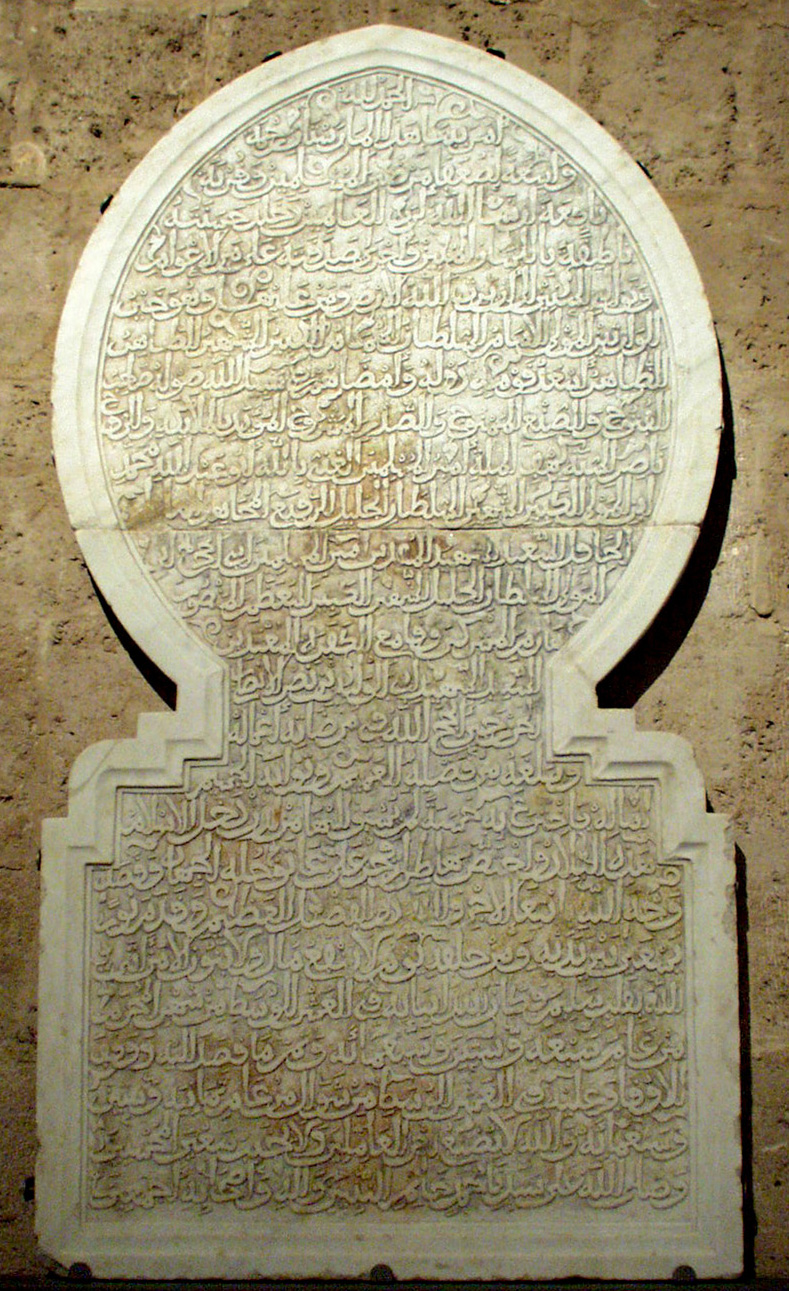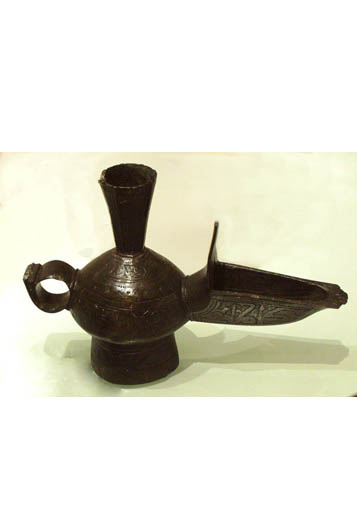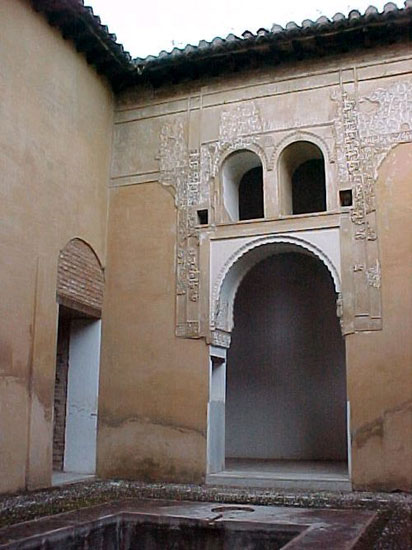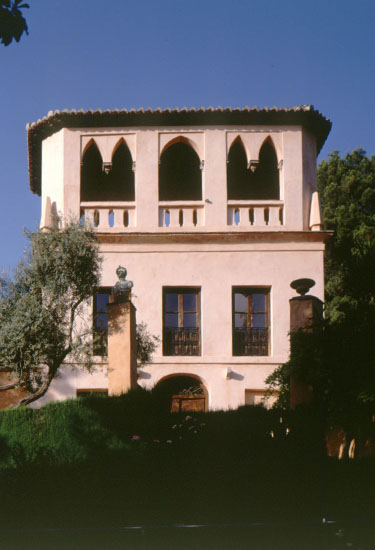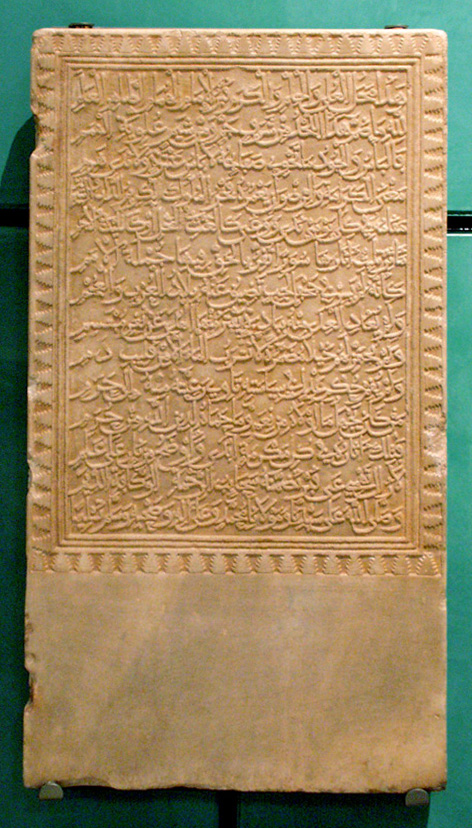The Chapín
The Patronato de la Alhambra y Generalife presents the chapín, which is a type of shoe on thick platforms, as piece of the month in the Museum of the Alhambra. Every Saturday in March, from 12:00 on, the restorer Isabel Cambil will reveal details and specialties of this peculiar object. One of its specialties is that the sole consists of several layers of cork. Furthermore, the shoe is fixed to the foot by an instep made of a bridle or two leather lobes tied up by tapes.
The piece is nearly complete and has been restored recently. Its decoration is based on plant and animal motifs on the leather elements. The origin of this shoe type traces back to the Roman period, when Roman women commonly used shoes on high cork platforms, called fulmenta.
Although in its origin it was used for baths, it came into vogue for the privileged classes. The leather elements usually were decorated with gold, silver, enamel or even jewels. This shoe type was mostly part of female attire, even though there have also been items for men. The vogue spread on the Christian territory, as recorded in the inventories of the Catholic Queen Isabella and her daughter Juana, in which several pairs of this shoe type were mentioned.
Since the chapin was not exactly a comfortable shoe, it was worn over inner safety footwear to go outside. Women wearing the high chapines had a peculiar way of walking with little steps. In the beginning of the 14th century, there was formed a guild in Valencia, which got so important that chapines from Valencia rose to great prominence and even were exported. This shoe type was used until the first years of King Philip V’s reign (1700-1724), and it lost popularity when red heels from Versailles spread across Europe.
Opening hours: Every Saturday in March, at 12 noon.
Location: Room VII, Museum of the Alhambra, Palace of Charles V.





 Contact
Contact






